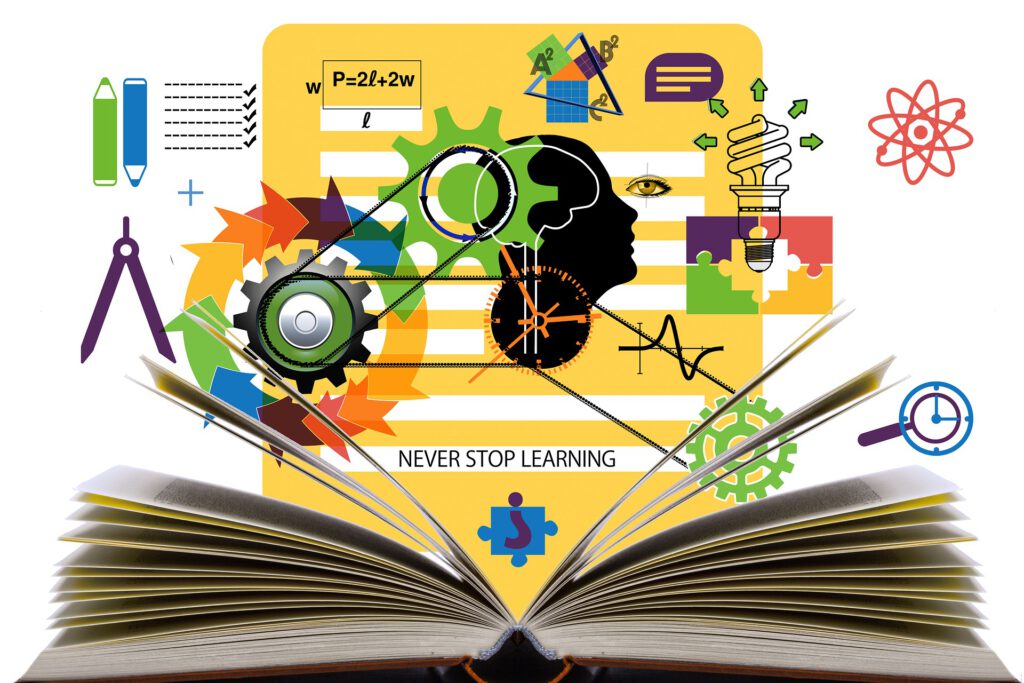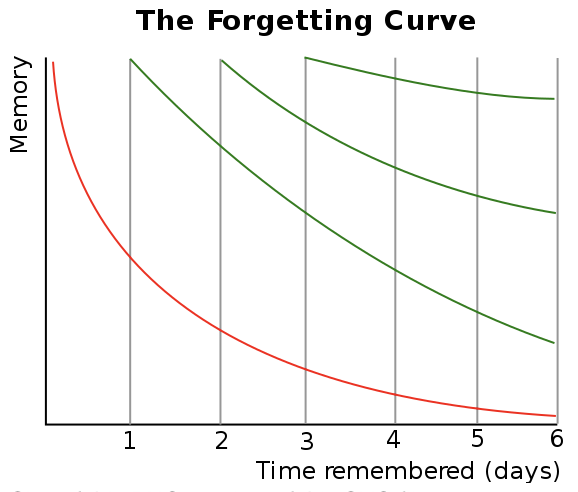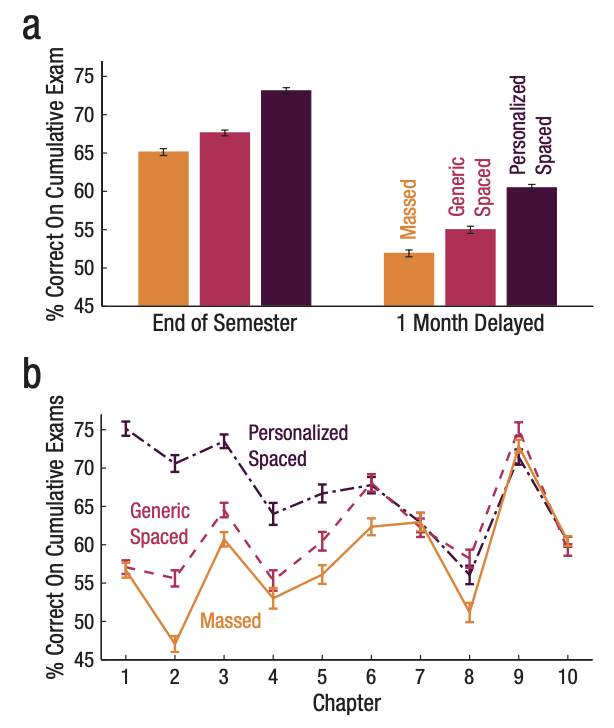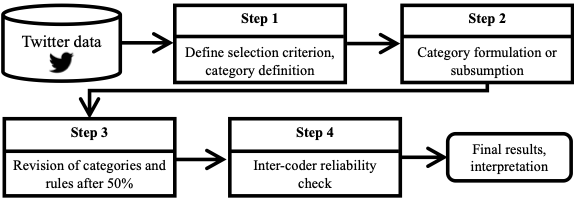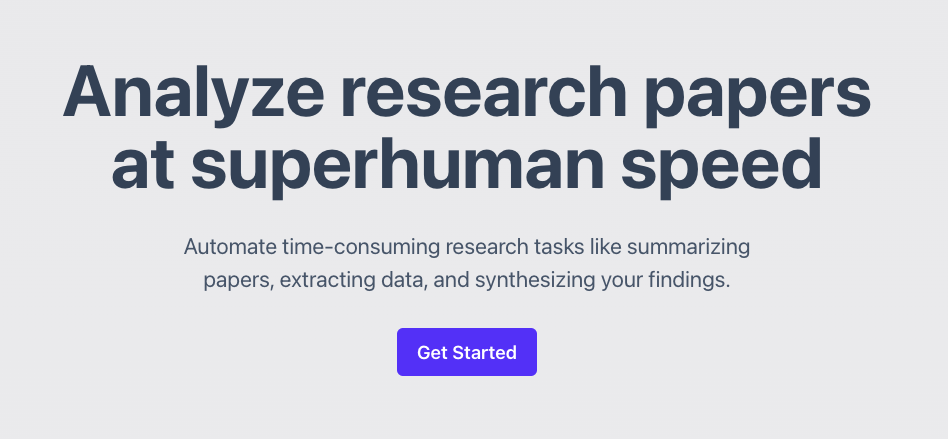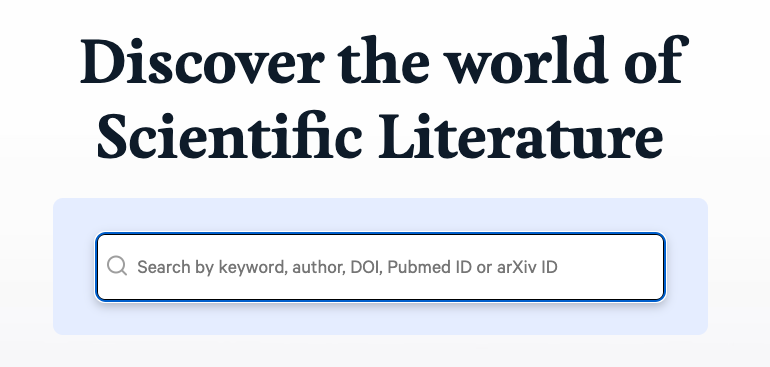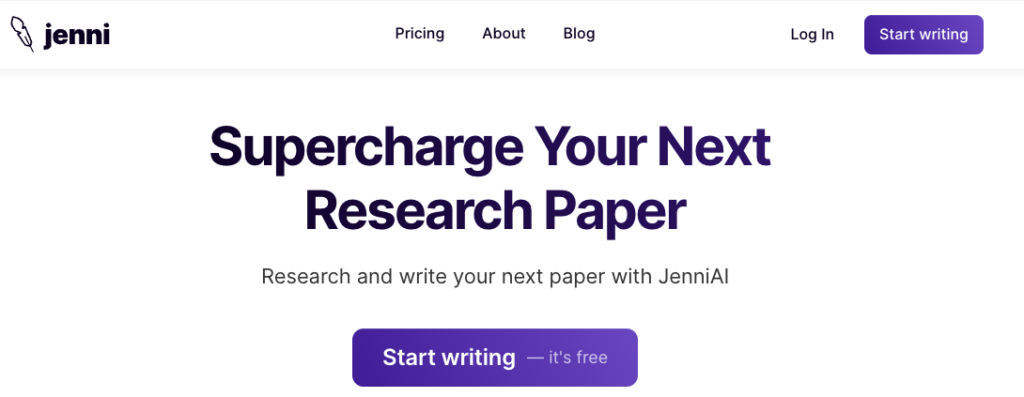The announcement “In this subject, the assessement is a 45-minute presentation,” immediately triggers your fear of presenting in class?
Oh no! Where’s the exit?
The mere thought of your next presentation sends your pulse racing, induces sweat, and triggers an urge to flee? Then, it’s time to conquer your fear of presentations.
Don’t worry, from personal experience, I know exactly how daunting it can be to stand in front of the entire class and have to deliver a speech.
To help you feel more confident in your next presentation, I’ll share 7 tips in this video on how to manage your stage fright and perform with confidence.
#1 Practice Makes Perfect
Practice? Well, that’s nothing new. True, but this tip is indispensable for overcoming your fear of presentating in class.
The better prepared you are for your presentation, the greater your confidence will be, and simultaneously, your fear and nervousness will decrease.
Once you’ve developed your presentation, practice delivering it. Start by presenting to yourself.
It’s often recommended to practice in front of a mirror. This is a great way to see and improve your body language.
However, it can sometimes feel odd to watch yourself in the mirror, especially if you’re just starting out and feeling uncertain.
Initially, you can practice without a mirror and go through the presentation out loud at your desk.
Or simply walk around the room while going through your speech (this is my favorite method).
Speak loudly and clearly. The greatest learning effect comes from having to actually articulate the sentences you’ve planned.
Just by presenting out loud, you’ll save yourself from long pauses for thought when it really counts, and you’ll automatically gain more confidence.
Next, you can practice your speech in front of a mirror or even record yourself on video. Even if it still feels a bit uncomfortable, give it a try!
No one but you will ever see it, and you can observe your own body language and identify weaknesses in your delivery.
A test audience is also great for practicing your presentation. Ask family or friends for feedback!
This way, you’ll go into the presentation even more confidently. It’s important to practice exactly how the presentation will be conducted at the university. So, use the same laptop, the same notes, and slides.
Don’t forget to also prepare for possible discussion questions. A stuttering discussion can ruin a lot of your hard work.
By the way, even the world’s great speakers practice before they go on stage. All professionals practice, which is why they are so good.
If you want to learn more about this, I recommend reading “Turning Pro” by Steven Pressfield.
#2 Convey Confidence with Body Language
During a presentation, it’s not just about what you say, but also how you convey it nonverbally.
Body language plays a crucial role, as it affects not only the audience but also your subconscious.
Even if you’d rather shrink and disappear into the ground, stand up straight with a firm stance, feet a bit wider than usual, pull your shoulders back, and put on a smile – you’ll automatically feel more confident.
And if you’re still panicking on the inside, then just don’t let anyone see it. “Fake it ’til you make it.”
If some of your friends are among your classmates, even better. Try to make eye contact with them. They want you to succeed, and as your cheerleaders, they boost your confidence!
From my own experience, however, you need to master Step 1, practicing the content, before you can optimize your body language.
If you have to constantly think about what to say next, you’ll forget to pay attention to your posture.
The more you practice, the more attention you can give to the details, and the better you can overcome your fear of presenting in class.
If you don’t know what to do with your arms, hold a pen or a presenter. This gives your hands something to do, and you can gesture more effectively.

#3 Calmness through Breathing and Relaxation Exercises
In stressful situations, we tend to breathe shallowly and quickly, which amplifies our nervousness. Through targeted breathing exercises, you can interrupt this reaction, lower your pulse, and get your nervousness under control.
A simple technique is diaphragmatic breathing, where you breathe deeply into your belly and slowly exhale. This improves oxygen flow, better energizes your brain, and automatically calms you down.
Place your hand on your belly to feel if you’re really breathing deeply into it.
You can also try to take a deep breath through your nose after your normal, shallow breath. As if you were trying to fill your lungs completely with air. Repeat it 3 times.
This technique slows down your pulse and calms you down.
Relaxation exercises like progressive muscle relaxation or meditation can also help reduce your tension and strengthen your concentration.
Regular practice of these techniques can decrease your fear of presenting in class over the long term and help you approach presentations more calmly and confidently. If you’re not already using a meditation app, now is the time!
My favorite is “Waking Up” by Sam Harris.
Before your next speech, it’s definitely worth spending a few minutes on breathing and relaxation exercises. You don’t necessarily have to do the exercises and meditations right before your speech, as that wouldn’t be practical.
Immediately before your speech, however, you will remember the techniques you have practiced extensively and can apply them unnoticed and spontaneously.
#4 Embrace Your Inner Stoic
“Surely I’ll forget half of it.” “I’m not prepared at all.” “My presentation is bad, the others are much better.”
Is your inner critic in top form on the day of the presentation? We definitely need to counteract this, as it unnecessarily increases your fear of presenting in class.
You can’t change your external circumstances. But you can change how you respond to them.
- Accept Your Emotions: It’s normal to feel fear or nervousness. Accept these feelings, but don’t let them dictate your actions.
- Focus on What You Can Control: Concentrate on the things you can influence in your preparation and presentation, and let go of things that are beyond your control, such as the audience’s reactions.
- Use Negative Visualization: Imagine the worst-case scenario as mental training. Visualize your presentation going wrong, but then visualize how you calmly and collectedly respond to it.
Familiarize Yourself with Stoic Philosophy if your emotions and fears often overwhelm you. Often, giving a situation a new, more positive framing is enough to become more composed.
Look into books by Ryan Holiday and William B. Irvine.

#5 Leave Nothing to Chance
You’re optimally prepared, the speech is ready, and belly breathing is already showing its effects. Time to start!
Quickly connect your laptop… Oh God, what kind of projector is this?
Why doesn’t the cable fit? And suddenly, the nervousness rises, and you’re completely thrown off.
To avoid this, familiarize yourself with the technology and the premises in advance. Arrive at least half an hour early and test the technology calmly.
Even better: Stay a little longer in the room the week before and get familiar with the set up in the room. If you want to show a video, test the sound and whether it plays through the room’s speakers.
Also, prepare backups. Prepare for the eventuality that the internet in the room doesn’t work. Download all files locally to your computer. Pull everything onto a USB stick, just in case. Bring your own HDMI adapter, just in case.
Be a pro. Be prepared. This way, you can overcome your fear of presentations.
#6 Focus on the Essentials
You’re deep into the topic, and so far, everything is going well. But what’s going on in the third row on the left? Why is someone yawning? And in the fifth row, someone has their head on the table!
Am I putting everyone to sleep? Even the professor just glanced out the window! Oh no! Even the Stoic gods can’t help me now. My presentation is boring and therefore bad!
Don’t make assumptions.
Try not to take everything personally. Even if someone yawns, it doesn’t automatically have to do with your presentation.
Maybe the person just slept poorly or was out late at a party. Stay focused on yourself and don’t be distracted by the audience.
I’ve had rows of students fall asleep during my lectures. But honestly, that’s happened to me before, too. It certainly wasn’t because of the lecture… 😉
It’s normal for different reactions to occur in the audience, and this doesn’t necessarily reflect the quality of your presentation. Stay calm and focus on what you have prepared well and how you want to convey the knowledge.
If they’re not listening, it’s their loss.
You do your part.

#7 Always Compare Yourself to Yourself
You don’t want to forget anything during the presentation, misspeak, blush, and definitely want to be able to answer ALL questions.
If you aim to do everything perfectly, you’re more afraid of failing. Try not to be so hard on yourself because there’s no such thing as perfection.
Even Justin Bieber has had a blackout during a concert, and the news anchors mess up despite years of experience.
And who remembers it the next day?
No one.
Realize: Nothing is perfect, so you don’t have to be perfect either. If you lose the thread, pause for a moment, collect yourself, and continue.
As long as your presentation is 1% better than your last, you’re doing everything right.
You’ll find that it becomes easier to give a presentation with each one.
So, be patient with yourself and don’t expect to overcome your fear of presentations overnight.
It’s a learning process, and with each presentation, you’ll become more confident and better. University is there to grow and make mistakes.
That’s the only way you’ll improve.
Why Nervousness (in Moderation) Can Also Be Positive to overcome your fear of presenting in class
You can alleviate the fear of presentations with the aforementioned 7 tips and a bit of patience.
However, a certain degree of nervousness before your presentation will almost certainly remain.
And that’s a good thing and often even makes your presentation better. So, you don’t need to completely overcome your fear of presenting in class.
Our body produces adrenaline in stressful situations. This hormone boost provides your body with more oxygen and energy – you’re more alert and your concentration and performance improve.
In short: The tension helps you to successfully manage the presentation.
If you view your nervousness as a positive companion, you can accept it as part of the natural process and deal with it. It’s important to recognize that you don’t have to be perfect and that it’s okay to be nervous.
Pros are nervous too. Nervous but prepared. Be a pro.



